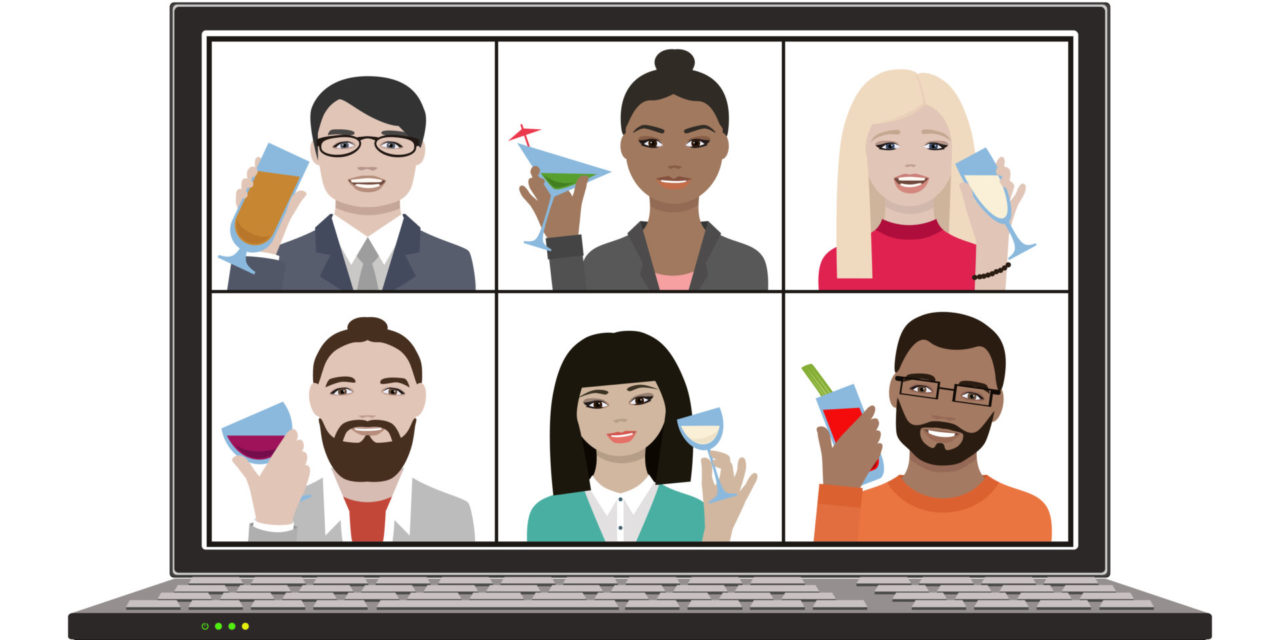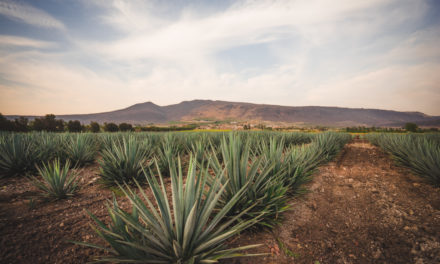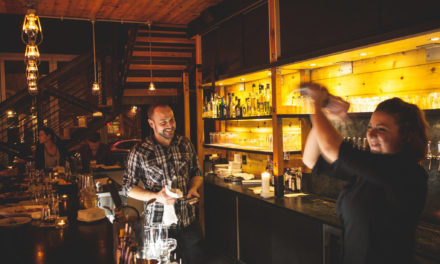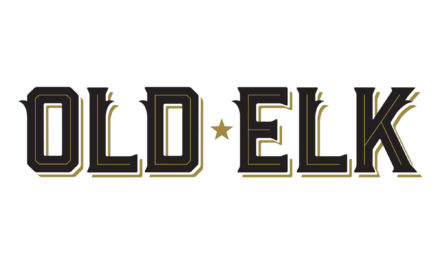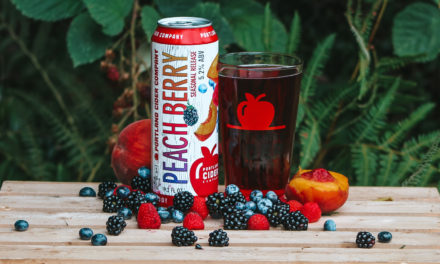On a recent Zoom beer tasting to celebrate Oktoberfest, Dr. Ruth Berman, CEO of Bon Beer Voyage in Lake Worth, Fla., decorated her office festively, donned a traditional dirndl (her husband and business partner, Mike, wore lederhosen), and led the chicken dance. She also wore a tiara as she explained the German beer festival’s wedding-centered history.

“I’ll do whatever makes them laugh and smile.” —Dr. Ruth Berman, Bon Beer Voyage
“I’ll do whatever makes them laugh and smile,” says Berman. She’s used to doing that in person. Before COVID-19 hit, people traveled from all over the country for the couple’s custom beer tours. They also taught classes at World of Beer. Post-pandemic, they moved their classes online.
People from all over, including other countries, travelled with us for our tours. We host Beercations (Beer Vacations) around the United States and internationally to places like Belgium, France, Germany, The Netherlands and the UK.
“At first we used a green screen with Zoom backgrounds, but those backgrounds sometimes blurred objects,” she says. When she started getting corporate gigs, she improved the production value on her side of the camera. Moving her set-up into her office, she used beer glasses and other drinks décor on bookshelves as a background.
Adding pre-recorded videos, photos prepped beforehand, and trivia questions varied what those on the other side of the camera experienced. People have responded well.
Virtual meeting platforms became a lifeline last spring when people were told to work from home to stop the spread of COVID-19. Out of necessity, those early virtual meetings were slapped together quickly with minimal production value. For a short while, just connecting was enough for those who were suddenly working alone from home.
Virtual meeting fatigue soon set in. After a while, the digital staff and client meetings, classes, tastings by drinks brands, and—eventually—full-blown virtual events needed more. More production value. More entertainment. More interaction. More to keep people interested so businesses could keep doing what they do.
Find What Works

“When you see someone else having the same drink or snack, it’s notionally in the direction of sharing something together.” —Matt Hendricks, Thirsty Dice Board Game Café
For Matt Hendricks, owner of Thirsty Dice Board Game Café in Philadelphia, the shutdown came as his almost two-year-old café that paired drinks and unplugged fun had hit its stride. He had to make a quick move.
“We saw people were getting their game fix using Zoom and Jackbox,” Hendricks says. He and his team realized they could apply Thirsty Dice’s elevated in-person game experiences to the virtual realm. Gametender George Hamilton began to host games using Zoom. Participants could get beverage options such as housemade mixers (to mix with their own vodka) or beer deliveries.
“There were definitely some lulls and weirdness at first,” says Hendricks. But they added more ways for participants to talk to each other and soon found their virtual stride. Thirsty Dice now offers Escape the Zoom packages that he expects will be a popular alternative to traditional work holiday parties this year.
“Talk to your customers,” is Hendricks’s first piece of advice for those who want to improve regularly scheduled virtual events. He also says no one will “knock it out of the park” the first time. You have to be willing to do it again and again to improve.
“When you see someone else having the same drink or snack, it’s notionally in the direction of sharing something together,” says Hendricks. “That’s what people are really missing.”
Offer something tangible

Melissa Watson of Bitters and Bottles finds that, when samples are sent out, more people show up for the online presentation.
Melissa Watson, who has been doing her job for the San Francisco, Calif.-based cocktail-centric retail outfit, Bitter and Bottles, from home since March, participates in virtual education events with brands. She says a recent event with Mount Gay Distilleries in Barbados was all the better because the brand sent out samples.
Her store organized the event and advertised to customers through its newsletter and Instagram. The samples gave participants a feeling of being together. The Mount Gay representative made the event fun.
“It was a little bit of everything,” says Watson. “It was a balance of quite a few slides, good information about the distillery, trivia questions, and conversation.” Prizes for the trivia winners were sent out after the event.
In addition to making it fun, Watson’s best advice is to offer something tangible. “If brands can manage it, have samples in the hands of the customers [in time for the event],” she says. She finds that, when samples are sent out, more people show up for the online presentation.
What virtual can offer
John Craven, CEO and founder of BevNET, which also owns Nosh and Brewbound, was already using the virtual space for education when the pandemic hit. Some of what was needed to move everything online was already in place.
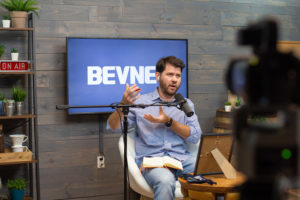
“We’ve been live streaming conferences since 2009.” —John Craven, BEVNet
“It helped that we were already doing video content before,” says Craven. “We’ve been live streaming conferences since 2009.” Because of the company’s extensive experience, the content had a high level of quality.
“We had professional cameras, audio, and lighting,” he says, “Now we’re all in a Zoom world at home—and [so much of the time] quality just sucks.”
Still, Craven looked to what Zoom could provide for conferences that his company was forced to move from in-person to online. “It’s really important to take advantage of what virtual brings to the table,” he says. “It takes a lot away, in the terms of human interaction and the social side of it. But for us, we were often constrained by the venue—having it for X amount of time and X number of rooms that seat this many people. Plus, we would have costs for food and other things that got pretty expensive.”
Some of the constraints of an in-person event are eased in the virtual world. There’s no limit to how many stages or seats you have. The timing of things can be altered, too.
“When they’re thinking about the structure,” he says, “don’t think about a normal conference, where people are going to go in there from 8 a.m. to 5 p.m. It doesn’t have to be linear. You can start session A and have it overlap a bit with session B.”
He also suggests giving clear instructions for registering and getting online for the event.
“We send out [multiple] emails telling people what to do, including one that says, ‘The event is starting now, Click this link.’”
Even then, he says, “We would still have people saying, ‘I don’t know how to get in.’”
Partner up
Craven admits they’re still figuring things out. He’s not alone in that. Cider Summit is also taking its usual in-person events online due to COVID-19. The organization usually produces four festivals per year to promote cideries and their products.

Cider Summit participants bought cider kits ahead of time, which sold out 10 days before the event.
“We had our Chicago festival in February,” says Alan Shapiro, co-founder of Cider Summit Festivals, “but the other three couldn’t happen [as planned].”
After skipping one festival altogether, by June, they were able to take their Portland, Ore., event virtual. Participants bought cider kits ahead of time, which sold out 10 days before the event.
“We partnered with Northwest Cider Association to co-host,” says Shapiro. “They had already been hosting meetings and webinars for their members and were much further along the curve on their technical expertise.”
For an hour and a half on the evening of June 20, 40 attendees went online for the first virtual Cider Summit. The number of attendees for the second go-round in September jumped to 150. During an event, each participating cidery was given about five minutes to talk about their products, either live or by pre-recorded video. Many got creative. One marketing director drank cider while simultaneously hula hooping and roller skating, guaranteeing that no one would look away during her time.
That creativity didn’t always turn out as hoped, however. Tim Alexander, owner of Herb’s Cider, who also happens to be the drummer for the alt-rock band Primus, gave a drum lesson during his time. Unfortunately, “Zoom treated the drum as background noise and cut it out,” says Shapiro. “We’re all in this learning. We’re all figuring it out.”
Despite the initial hiccups, says Shapiro, similar events will follow.
Bring in the Pros
For those who want help figuring it out sooner rather than later, there are consultants. Michael Kramer is a live video producer with HypeCats.com in Santa Barbara, Calif., which helps businesses host successful video conferences and webinars.
“People are tired of just the talking heads in their room or their den,” says Kramer. “They want something more engaging than that.”
HypeCats’ services range from providing a pre-checklist to prepare for an event to doing live technology checks about a week before the event, to facilitating full virtual sets during the event. These sets digitally transport someone from their kitchen table to a professional looking virtual rooms complete with windows, with outside views, video monitors to present recorded videos or invited guests, and virtual furniture—something altogether different from the obvious Zoom backgrounds.
Speaking of those Zoom backgrounds, consultants like Kramer can teach a brand ambassador how to ensure a bottle (or any object) doesn’t disappear into that background when held up to a web camera.
Businesses such as HypeCats do more than consult. They can offer peace of mind that an event won’t be waylaid by technical problems. For example, “We always recommend having a co-host at a separate location,” says Kramer. If one person’s connectivity is lost, the event can go on.
For a critically important event, HypeCats can host it through a remote data center that has electrical generators onsite in case anything happens.
“We had a corporation pay nearly $15,000 to make sure all aspects of their annual partner meeting went perfectly. This included redundancy in electricity, purchasing the latest Zoom conferencing hardware, and paying $1,500 for ‘bonded cellular,’ which combines several cell phones into a single internet connection just in case the primary Internet connection went down,” says Kramer.
“Failing,” he adds, “is not an option.”
Failure may not be an option for companies taking their events online, but continuing to host some events online post-pandemic may be.
Shapiro wonders if virtual Cider Summits may become part of the business model long-term, in addition to the traditional festivals. And Berman, while looking forward to in-person events again, says she may also continue some virtual classes.
“I’ve had a lot of people join my classes who don’t live in the area,” she says. “After this is all said and done, why not continue to offer them to those who can’t get here?”

